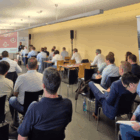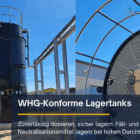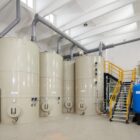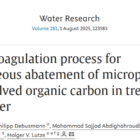The blocking index is a key indicator for assessing the fouling and blocking tendency of membranes in water technology applications. In reverse osmosis (RO) and nanofiltration (NF) in particular, this index provides important information on the quality of the feed water and the risk of membrane damage due to fouling, scaling or other deposits. By regularly monitoring the clogging index, plant operators can take proactive measures to optimize the performance and service life of their membranes.
Table of contents
Definition and basics of the blocking index
The blockage index describes the rate at which membrane pores are blocked by particles, colloids or organic substances. It is determined by a standardized test in which the feed water is passed through a test membrane under controlled conditions. The flow rate and pressure loss over a defined period of time are measured to quantify the tendency to blockage.
Typical influencing factors:
Particle size: Large particles can quickly block the membrane, while smaller particles penetrate the pores and cause long-term blockages.
Colloidal substances: These can adhere to the membrane surface through electrostatic interactions.
Organic compounds: Biofilms or dissolved organic substances can significantly impair the permeability of the membrane.
Measurement of the blocking index
The blocking index is determined in several steps:
Preparation of the test: A standardized membrane is inserted into the test system and the feed water is passed through the membrane under constant pressure.
Measurement of the flow rate: The initial flow rate (Q1) and the final flow rate (Q2) after a defined time are recorded.
Calculation of the blocking index:
A high clogging index indicates a strong tendency to clogging and requires water treatment measures.
Typical values and their meaning:
BI < 10: Wasser ist gut geeignet für Membranprozesse.
BI 10-30: Increased risk, pre-treatment required.
BI > 30: Water is not suitable, extensive pre-treatment necessary.
Significance in practice
The clogging index is particularly relevant for membrane systems, as clogged membranes lead to increased operating costs and production losses. Typical consequences of a high clogging tendency are
Pressure increase: Clogged diaphragms require higher operating pressures, which increases energy consumption.
Loss of performance: The water flow rate decreases, which impairs the efficiency of the system.
Frequent cleaning: Frequent chemical cleaning of the membranes shortens their service life.
Method for reducing the blocking index
1. mechanical filtration
Multi-media pore filters: Remove coarse particles and significantly reduce the load on the membranes. They are particularly effective with high levels of suspended solids.
Fine filter: Filters with a pore size of 1-5 µm provide an additional level of protection.
2. gravel or multi-layer filtration
Gravel or multi-layer filtration is an effective process for removing particles, suspended solids and turbidity.
Structure: The filter consists of several layers, including coarse gravel, sand and anthracite. This configuration enables the removal of suspended particles of different sizes.
How it works: The water passes through the layers, with coarse particles being captured first by the upper layer, while finer particles are removed deeper in the filter bed.
Application: This process is ideal for reducing the clogging index and is often used as a pre-treatment in combination with other technologies such as reverse osmosis.

Photo: Our ALMA FIL multi-layer filters with downstream ALMA ION ion exchangers
3. ultrafiltration (UF) and microfiltration (MF)
Membrane processes such as ultrafiltration (UF) and microfiltration (MF) play a key role in reducing the clogging index:
Ultrafiltration (UF):
Technology: UF membranes remove particles, colloids and microorganisms with pore sizes of 0.01 to 0.1 µm.
Application: Often used as a precursor to reverse osmosis to protect the membranes from fouling.
Advantages: Reduces the clogging index to values below 10 and minimizes the load on downstream systems.
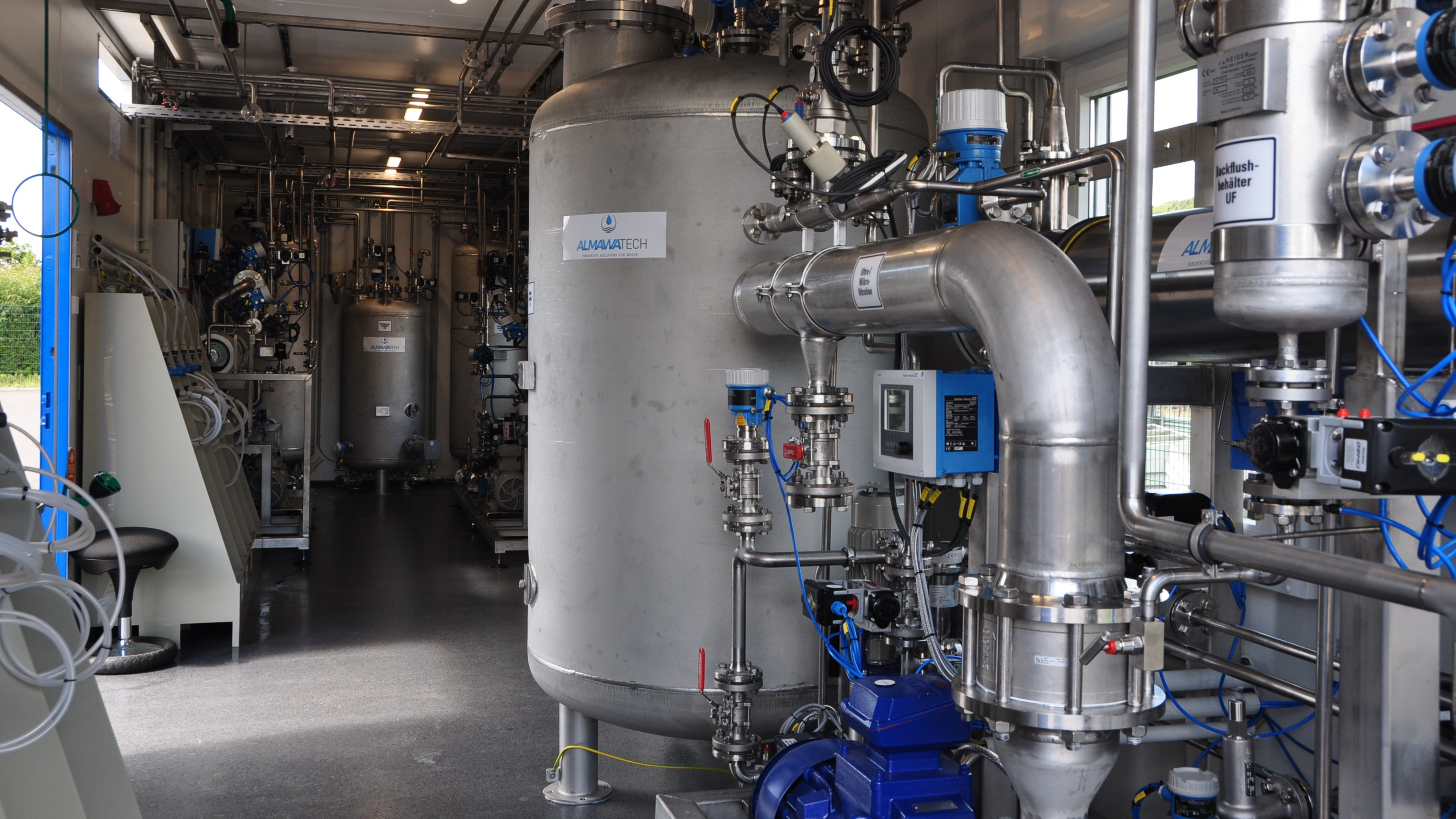
Photo: Our ALMA MEM UF ultrafiltration system in stainless steel design installed in the ALMA Modul technical room container
4. coagulation and flocculation
This process uses chemical pre-treatment to destabilize colloidal substances and convert them into larger flakes. These can then be removed by sedimentation or filtration.
Coagulation: Aluminium or iron compounds destabilize the electrical surface charge of the particles.
Flocculation: Flocculation aids such as polymers strengthen the coalescence of the destabilized particles into larger flocs.
Efficiency: This process is particularly effective at high colloid concentrations and reduces the blocking index sustainably.

Photo: Our CP system with neutralization and activated carbon filtration for the pre-treatment of wastewater containing heavy metals prior to reverse osmosis
5. biofiltration
Biofiltration combines physical filtration with biological degradation processes:
How it works: Biofilms on filter materials such as activated carbon or sand remove bioavailable organic substances and reduce the formation of biofouling.
Application: Particularly suitable for the treatment of wastewater with a high organic content, as found in the food or chemical industry.
Advantages: The dual effect of physical and biological cleaning makes biofiltration one of the most effective methods for reducing the risk of blockages.
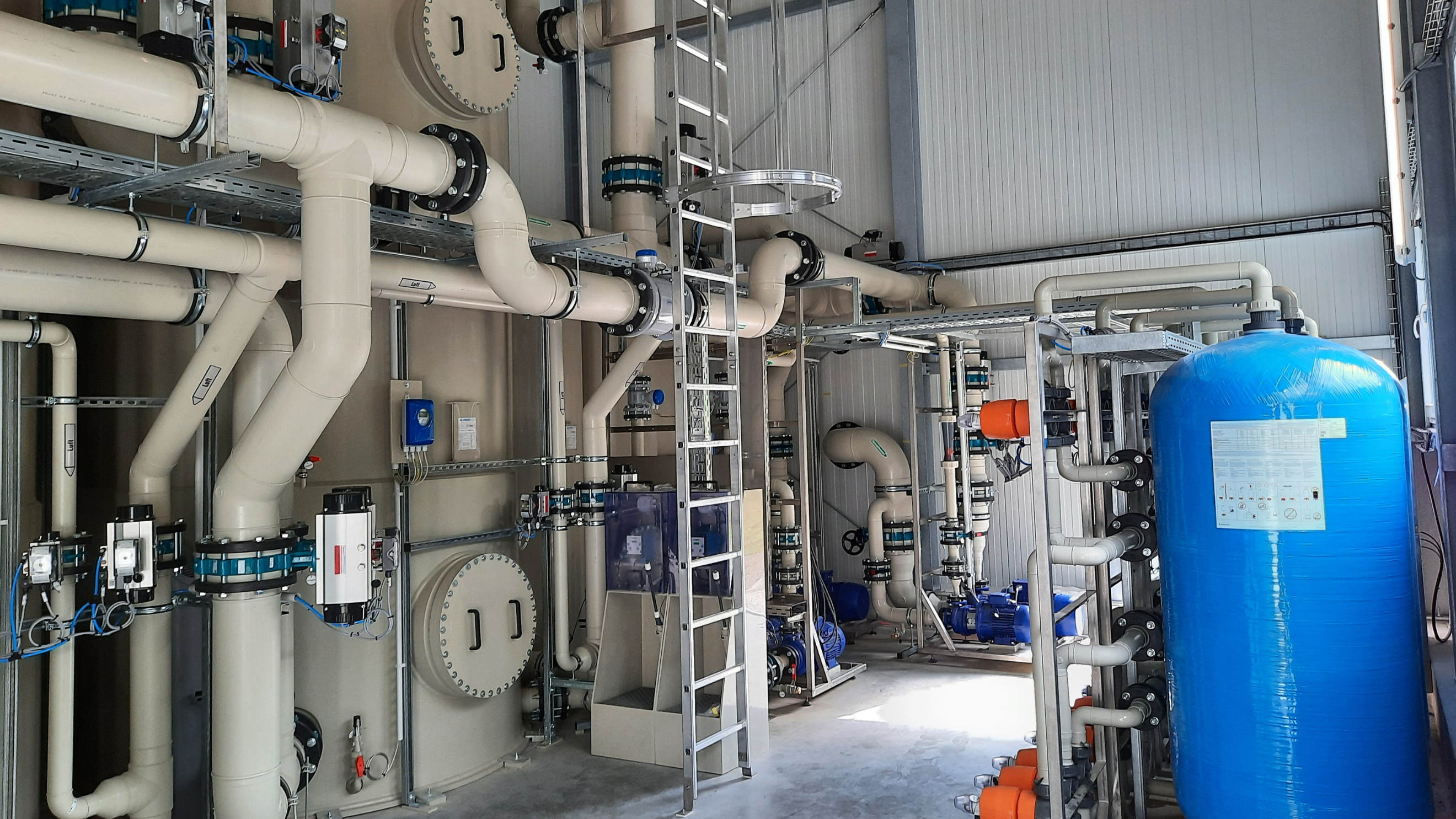
Photo: Our biofiltration for the pre-treatment of organically contaminated wastewater upstream of a reverse osmosis system
Challenges and alternatives
Challenges:
The clogging index does not provide a detailed breakdown of the causes of contamination (e.g. organic, inorganic, microbial).
Different water compositions can make it difficult to compare the measurement results.
Supplementary analysis methods:
Modified Fouling Index (MFI): Takes into account the particle size distribution.
TOC measurement: Shows organic impurities that can lead to biofouling.
Turbidity measurement: Provides continuous information on the concentration of suspended solids.
Conclusion
The clogging index is an essential parameter for assessing the suitability of water for membrane systems. Through regular monitoring and suitable pre-treatment processes such as biofiltration, precipitation & flocculation or ultrafiltration, plant operators can minimize the risk of membrane clogging. Optimized water treatment not only helps to extend membrane service life, but also increases energy efficiency and significantly reduces maintenance costs.
In addition, the targeted reduction of the clogging index allows for a more stable system performance and lower operating costs, as the cleaning cycles of the membranes are significantly extended. The use of supplementary analysis methods such as the Modified Fouling Index (MFI) or TOC measurement provides important additional information to further optimize water quality and the effectiveness of pre-treatment processes.
For further information on our products, please feel free to contact us at any time!



